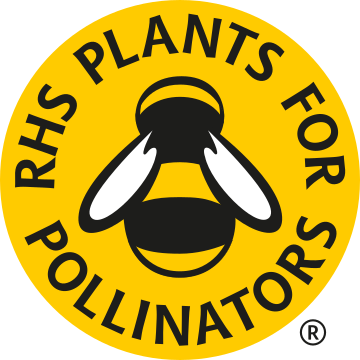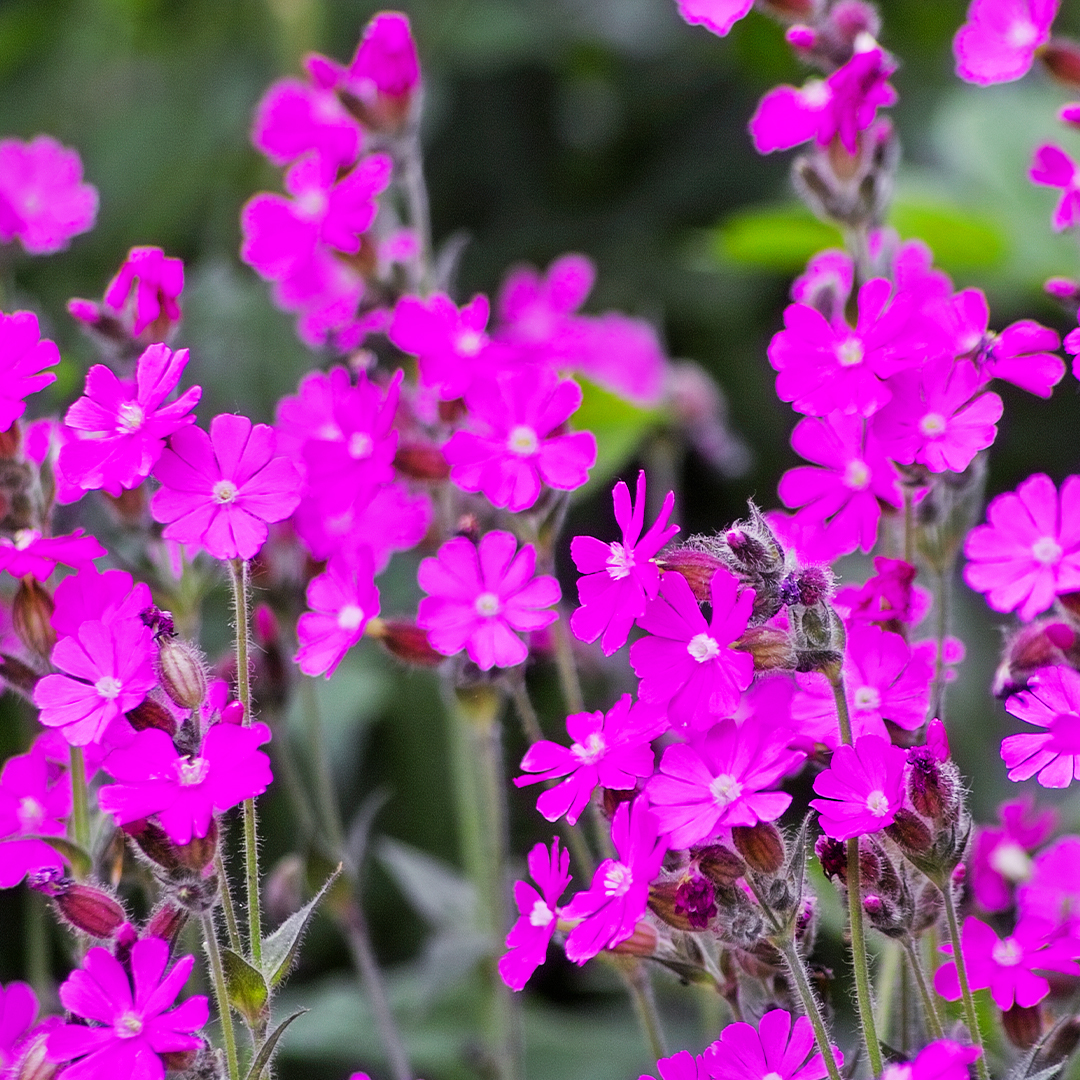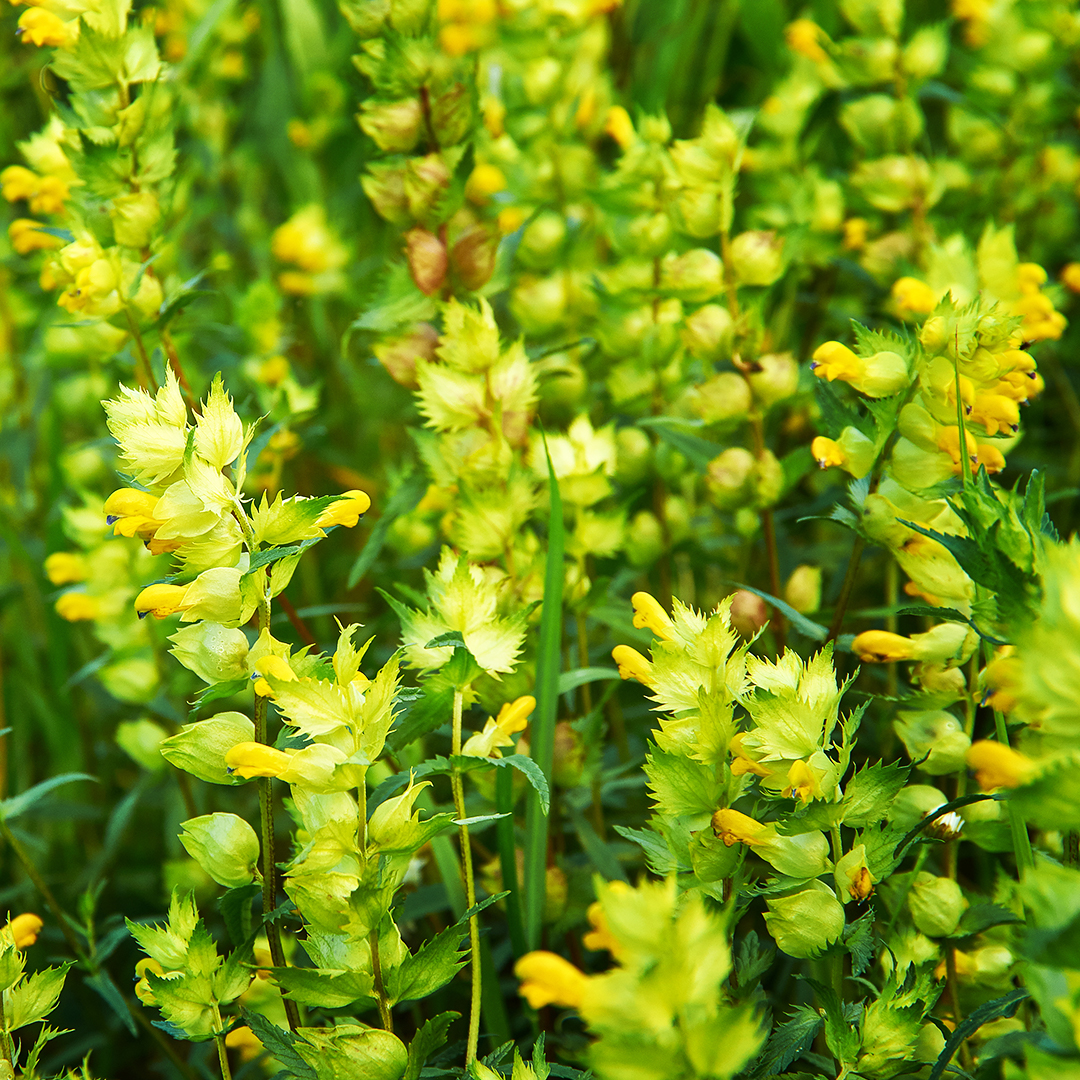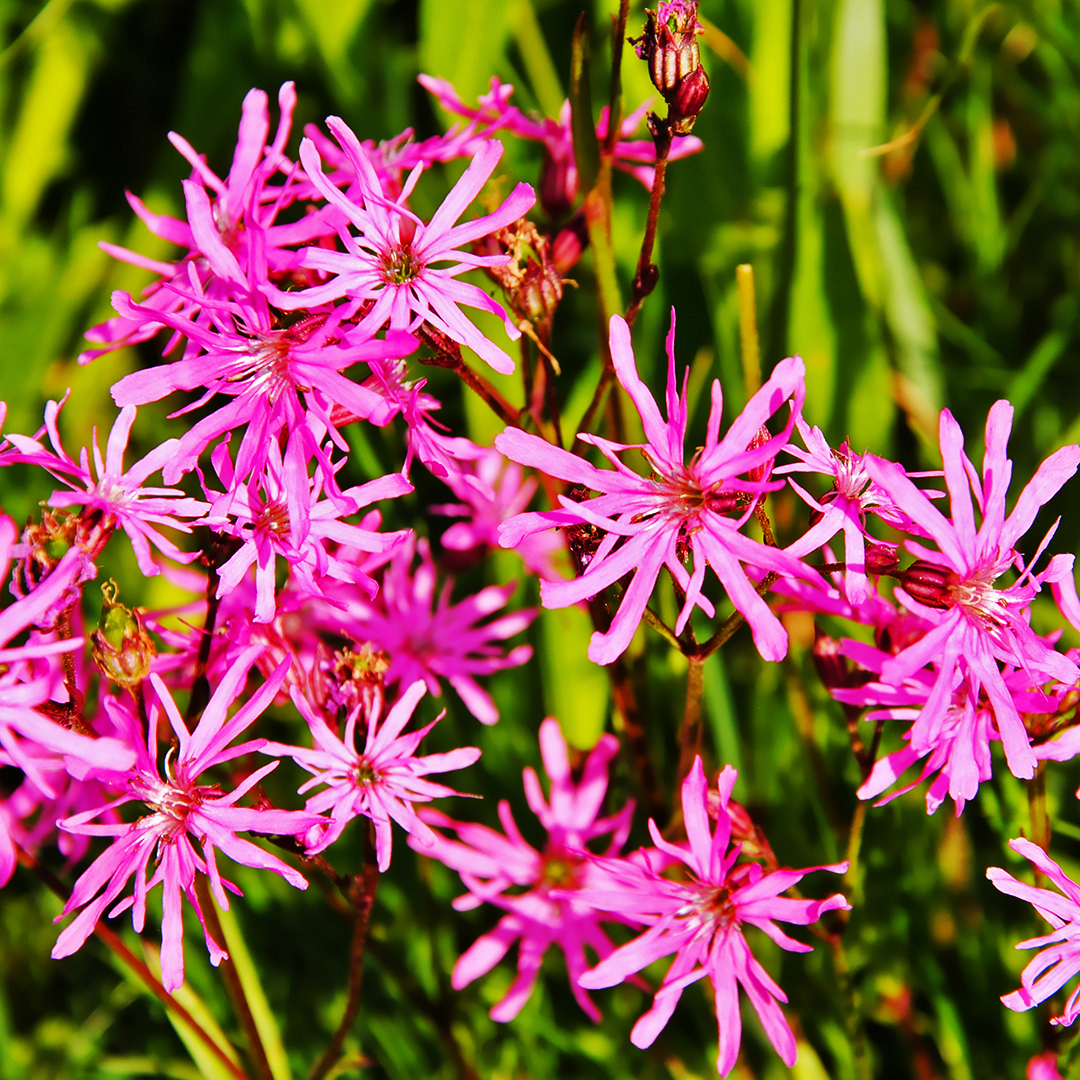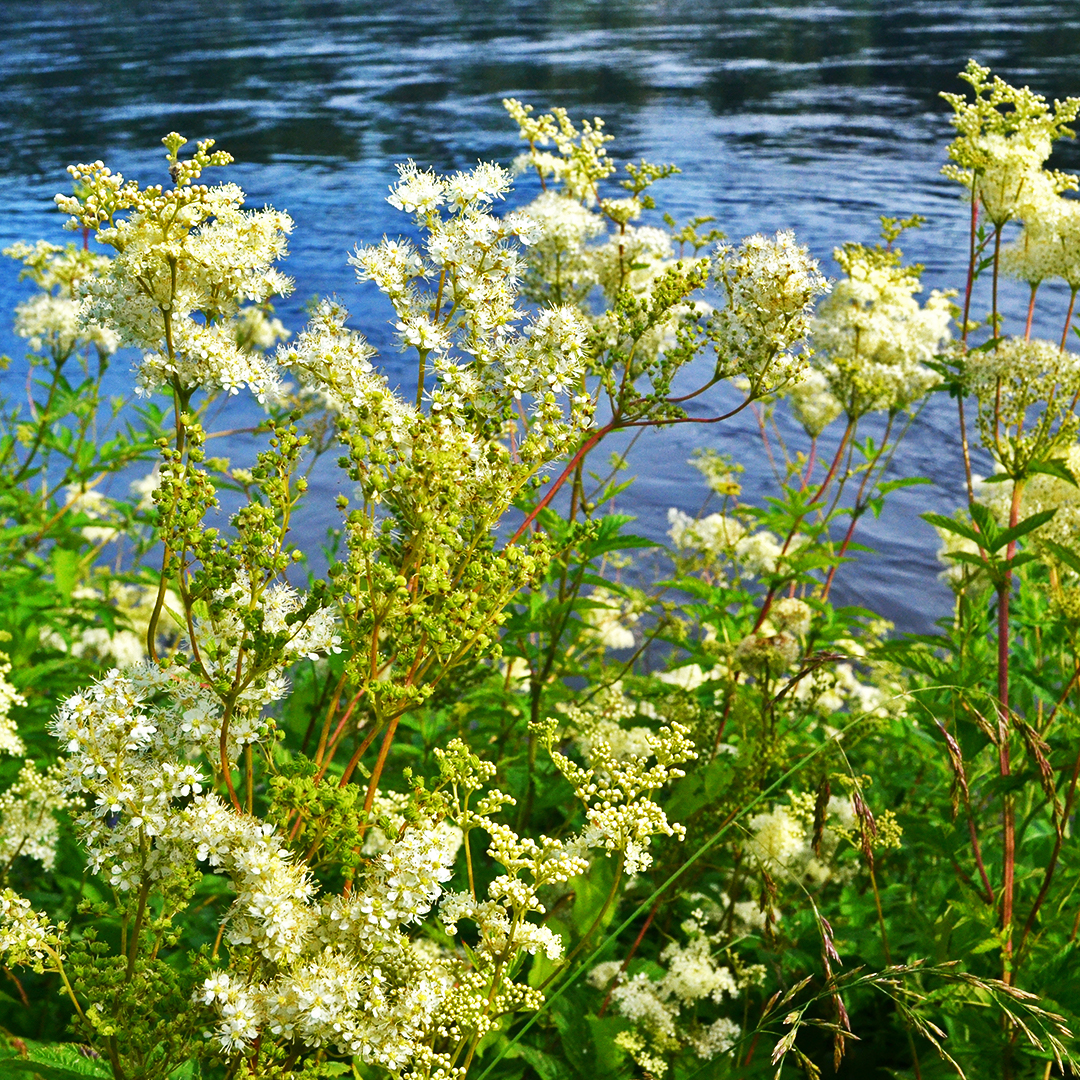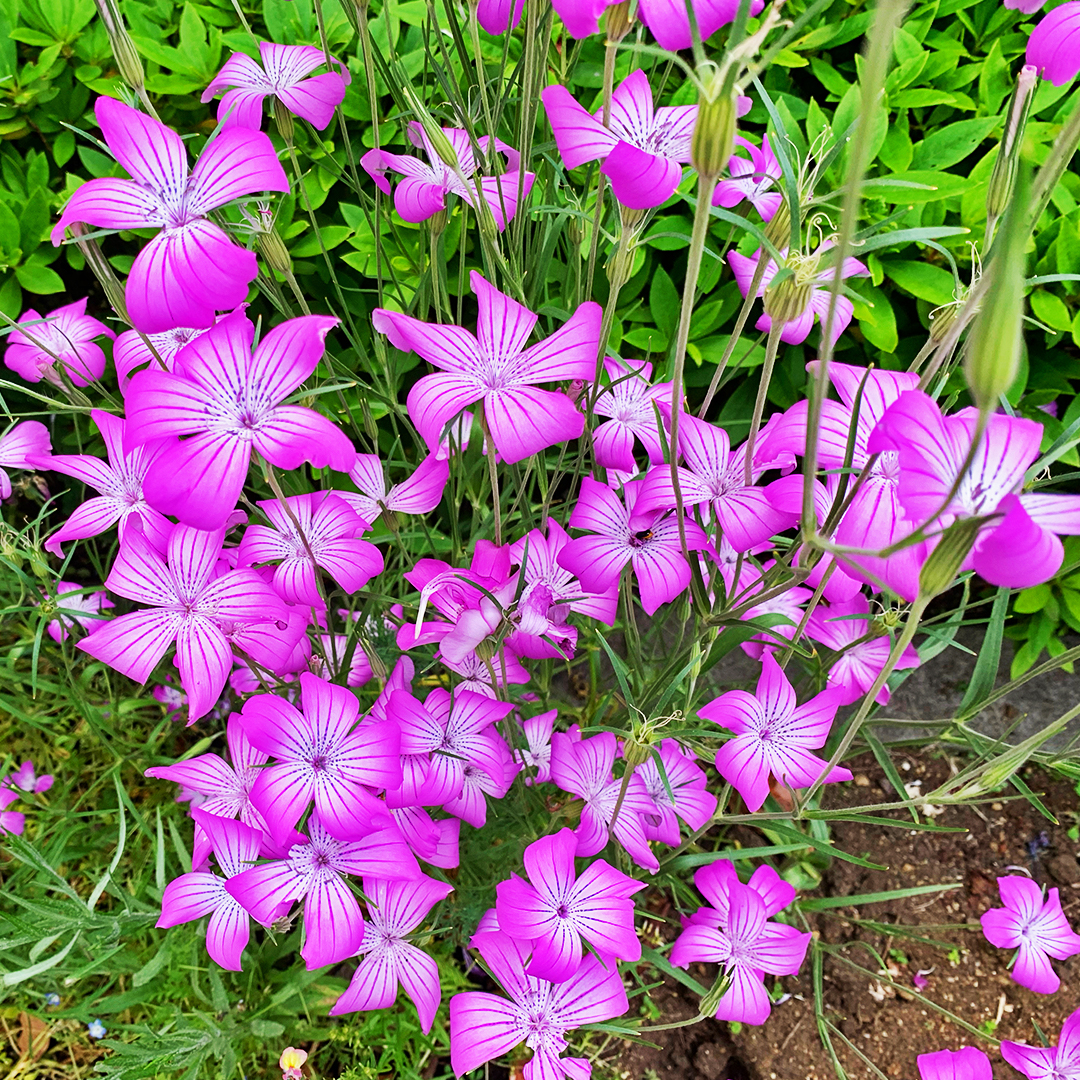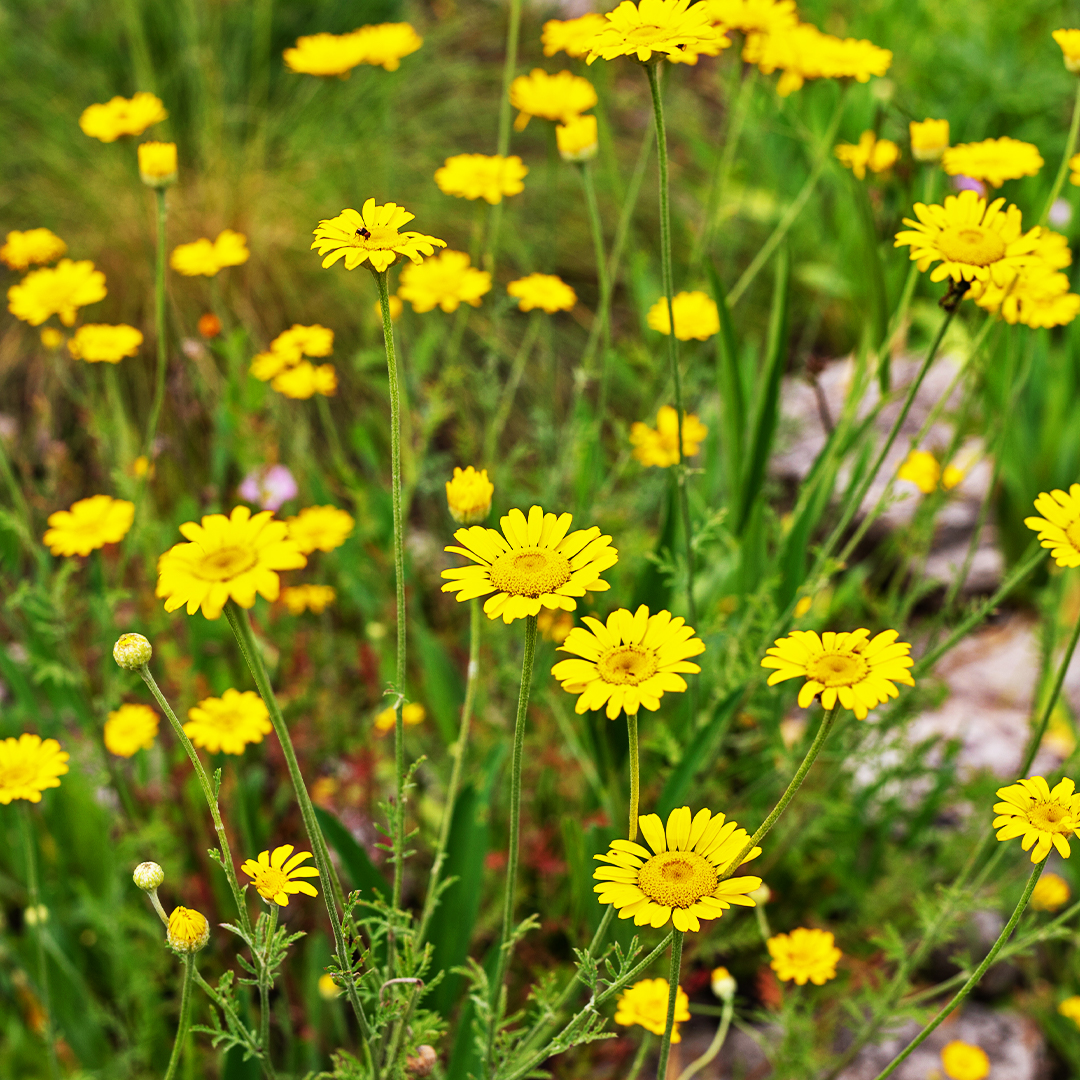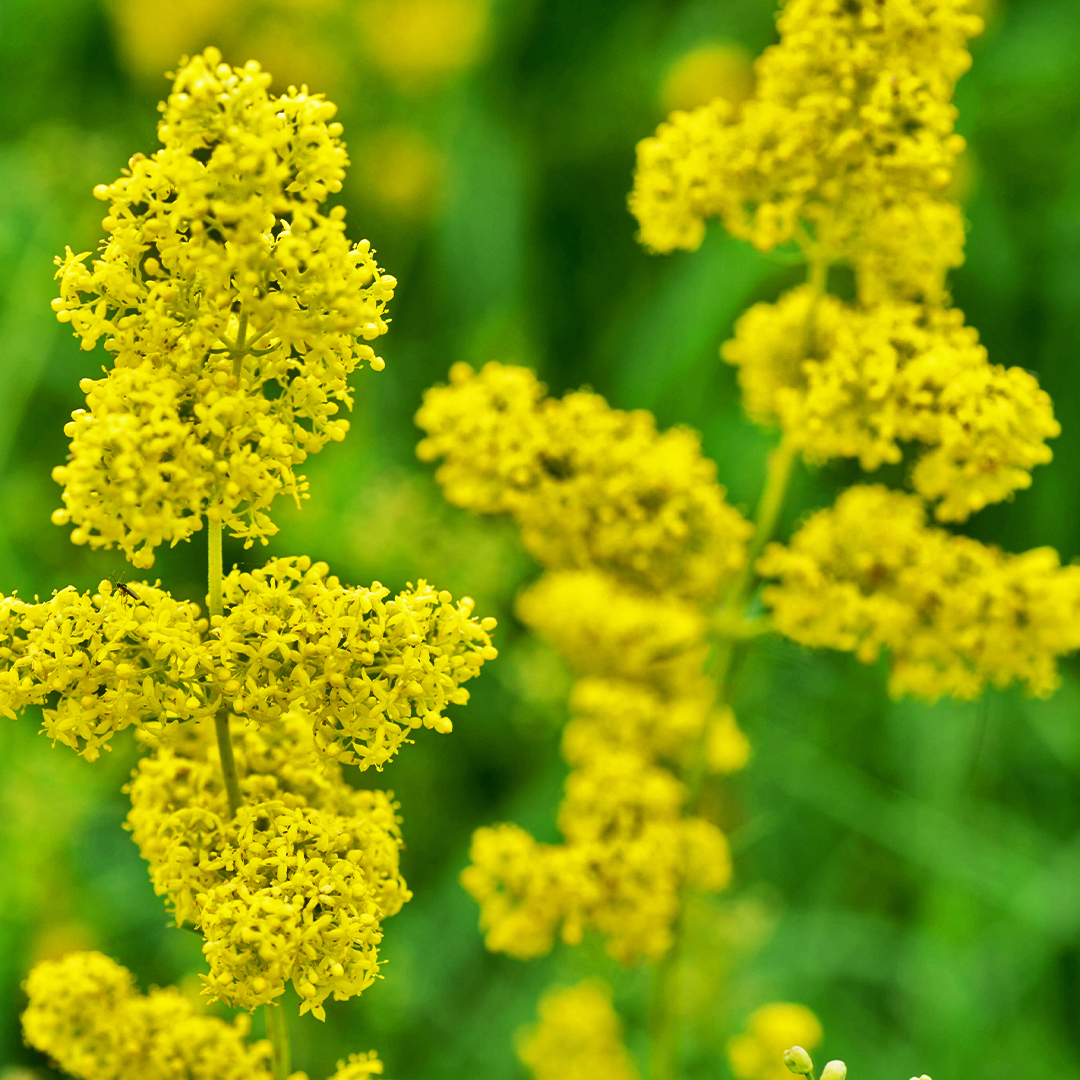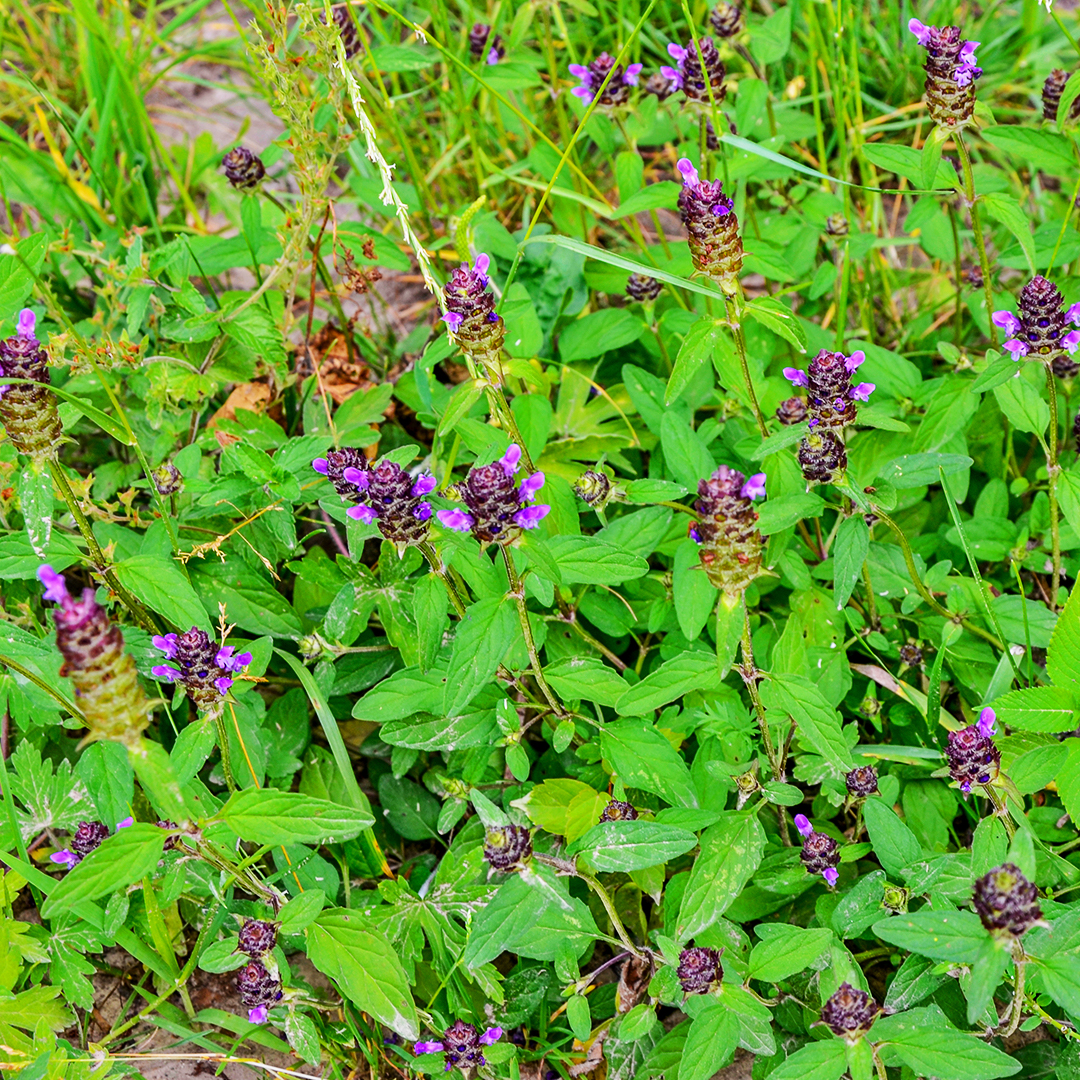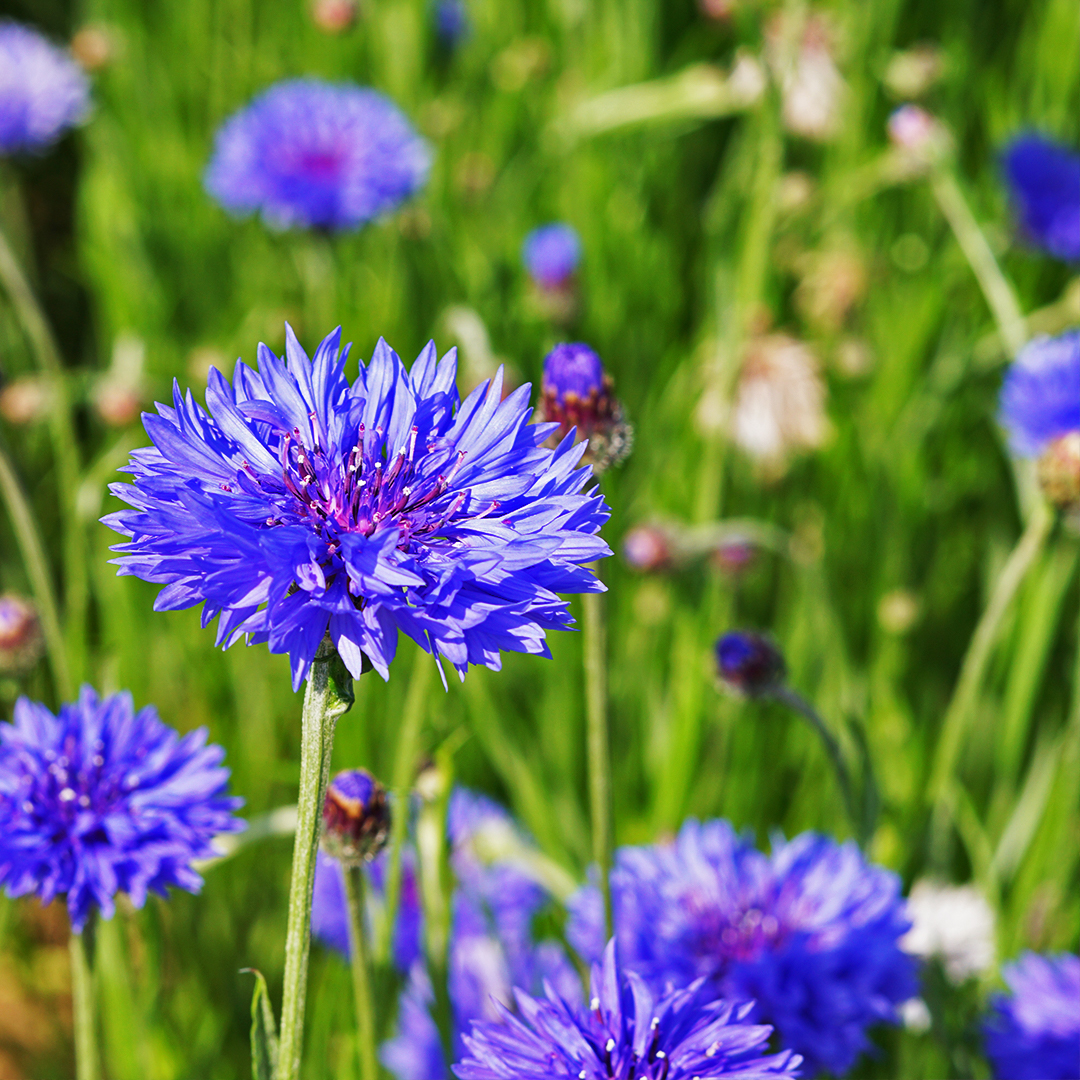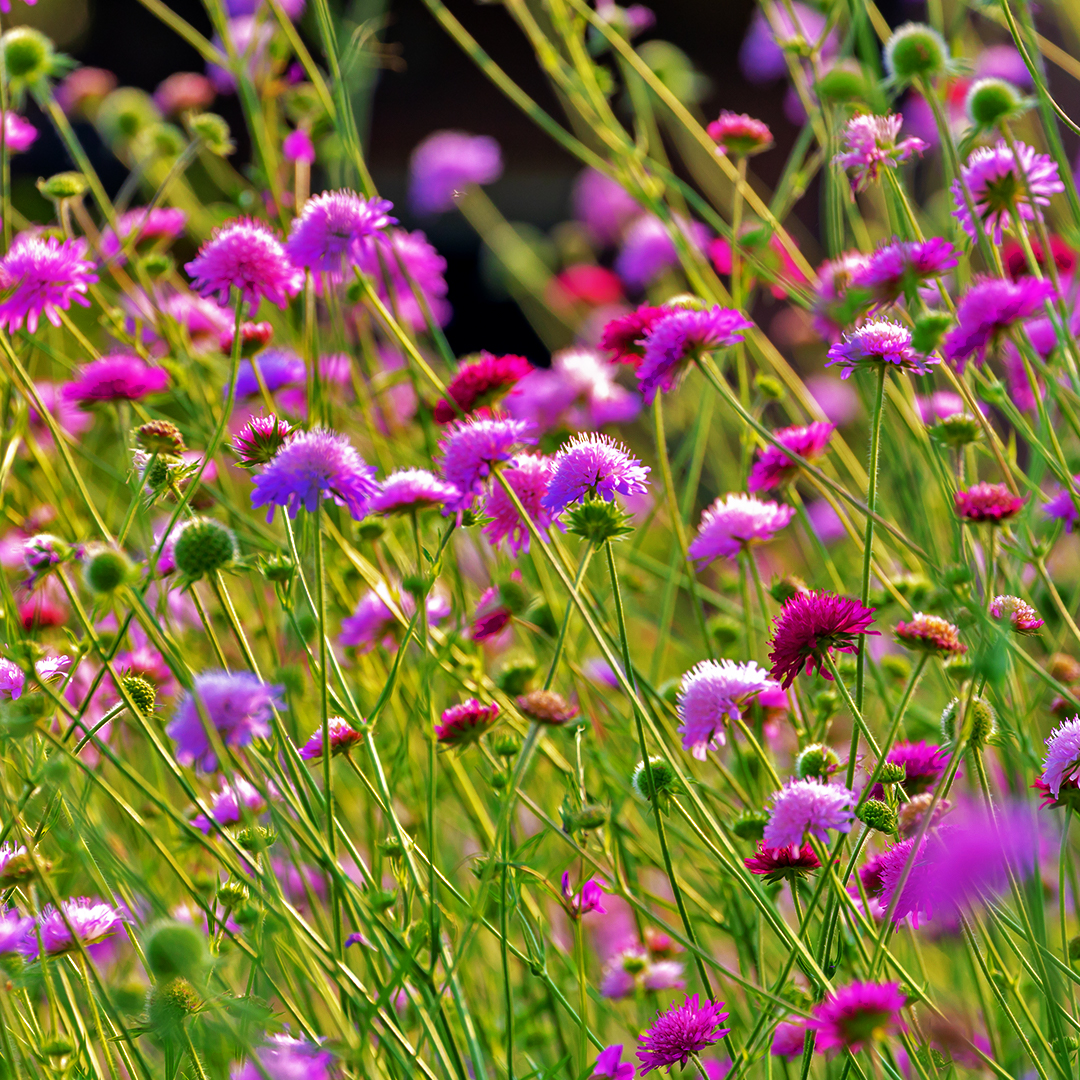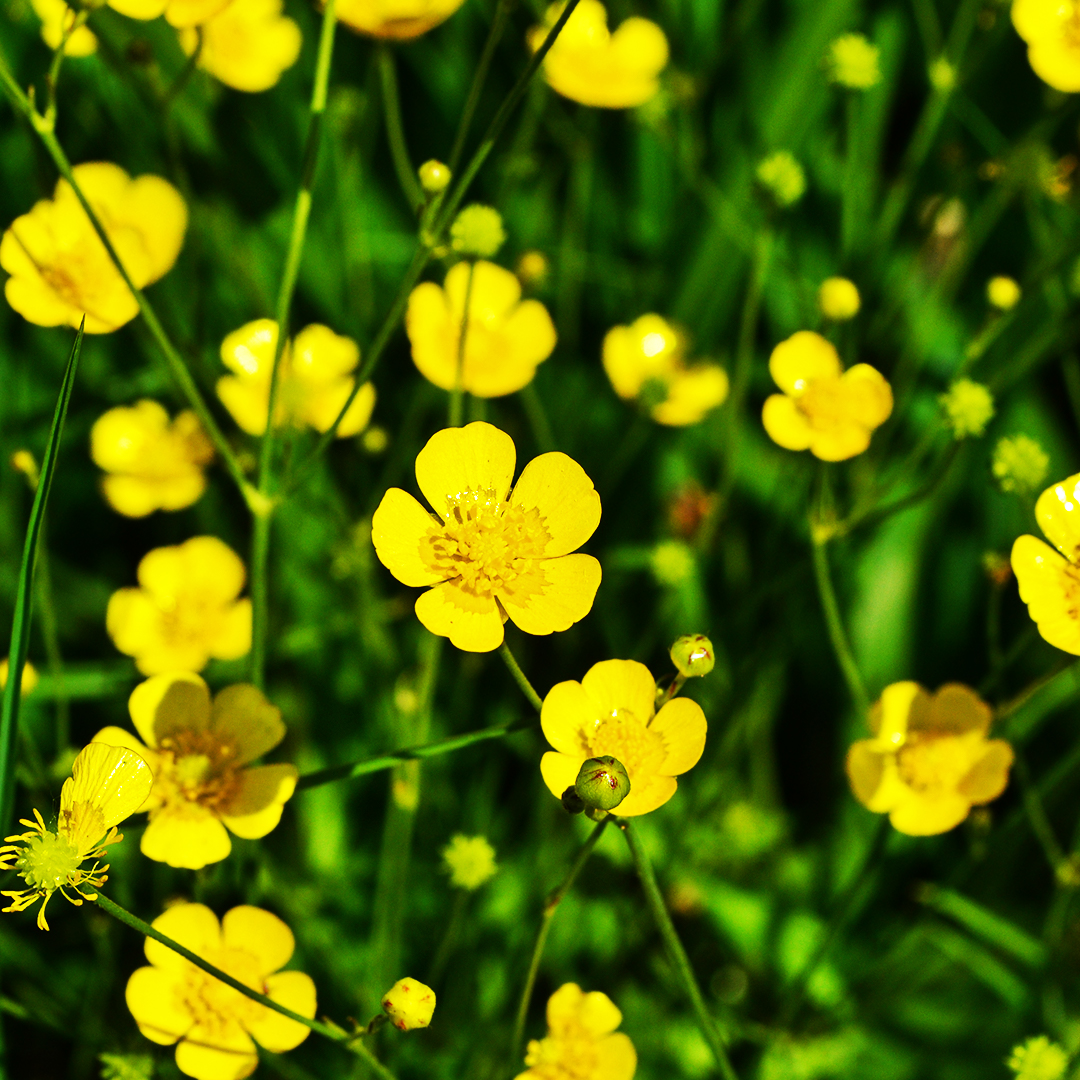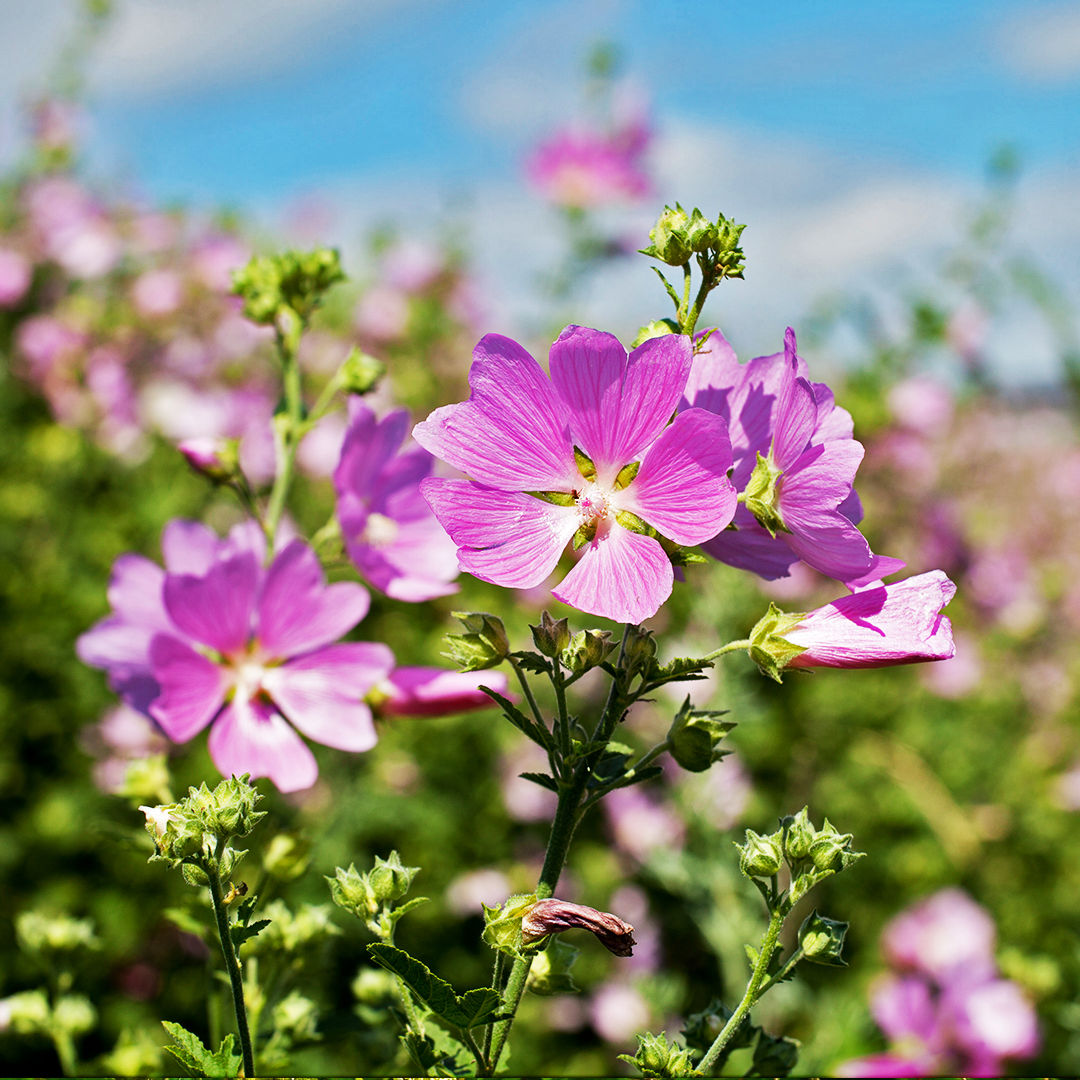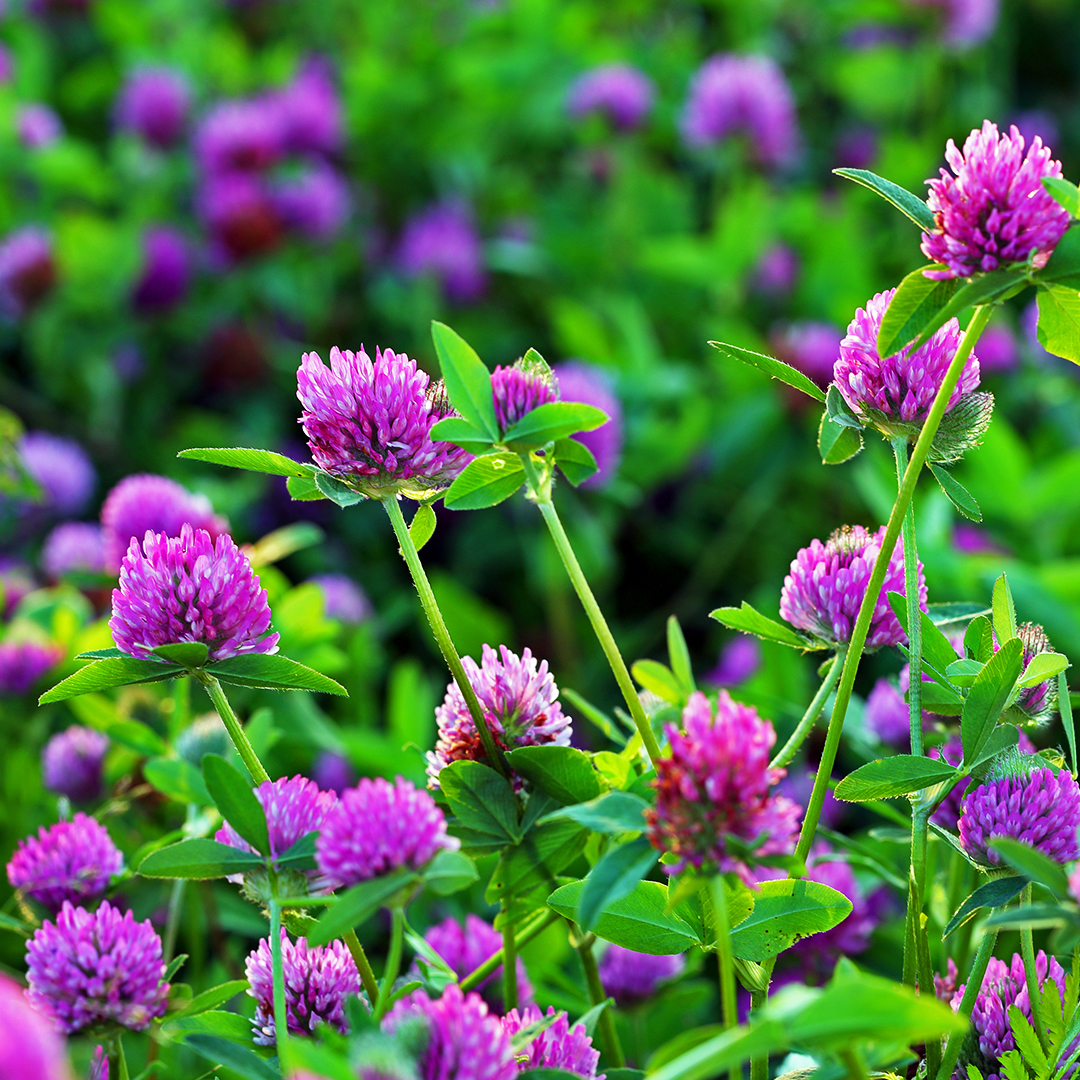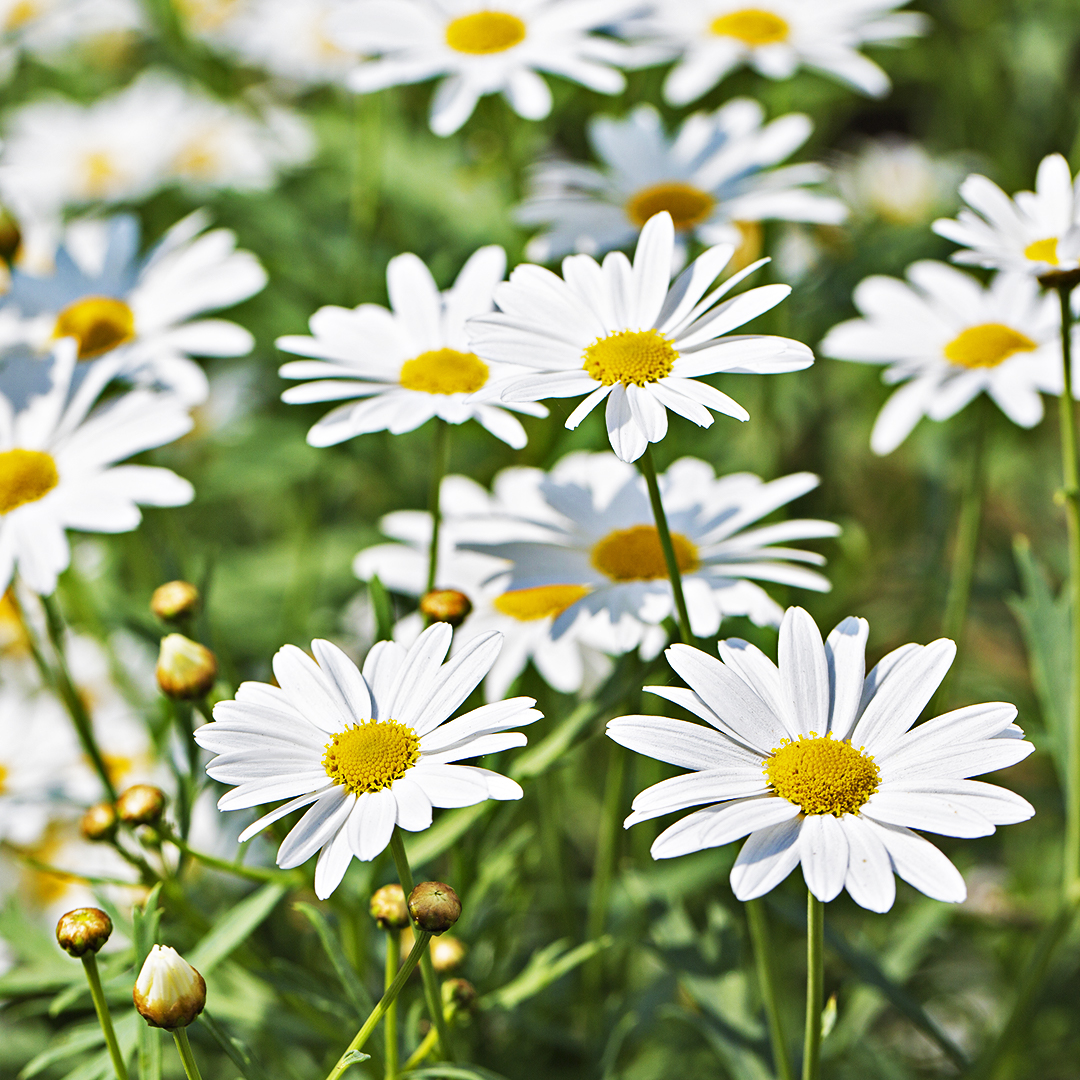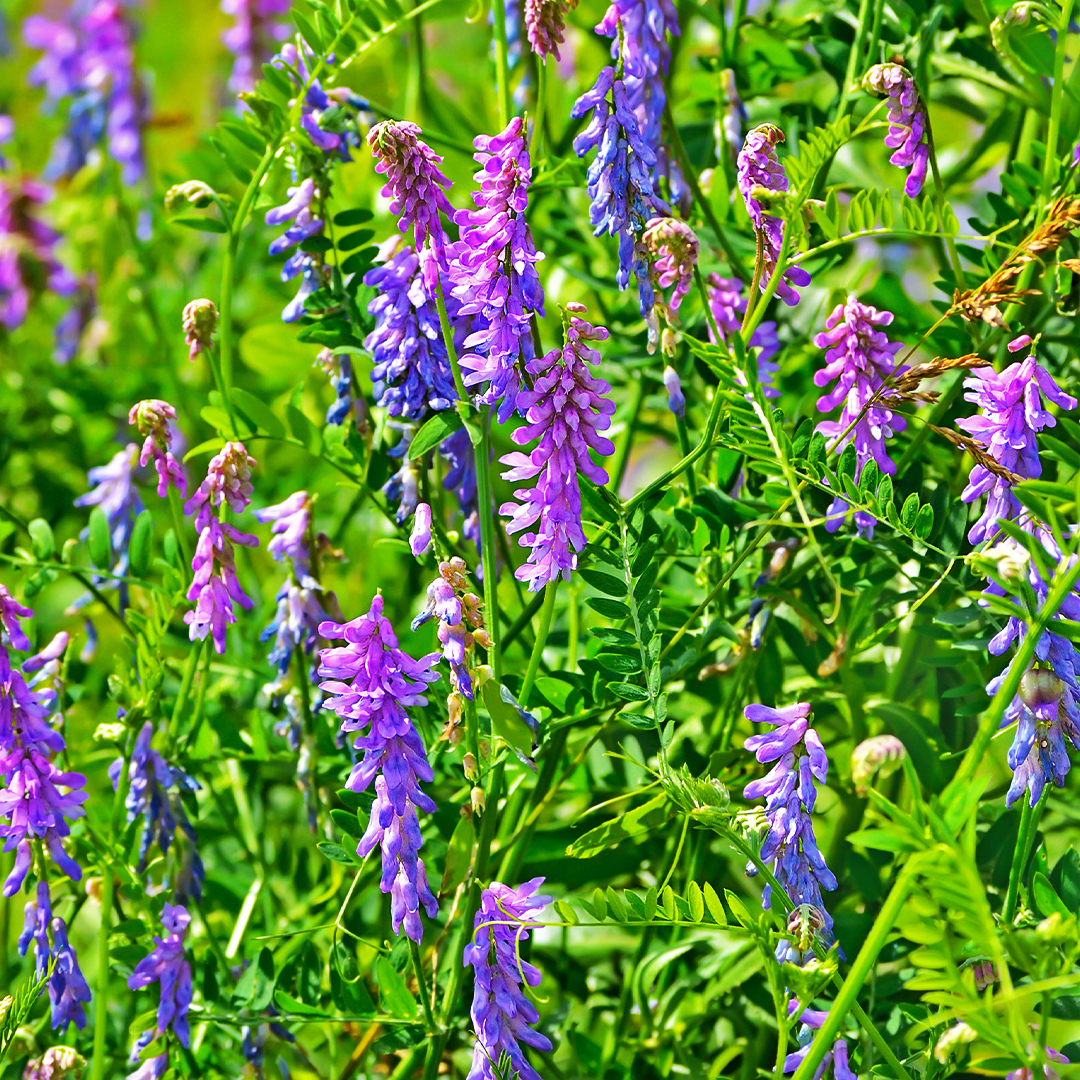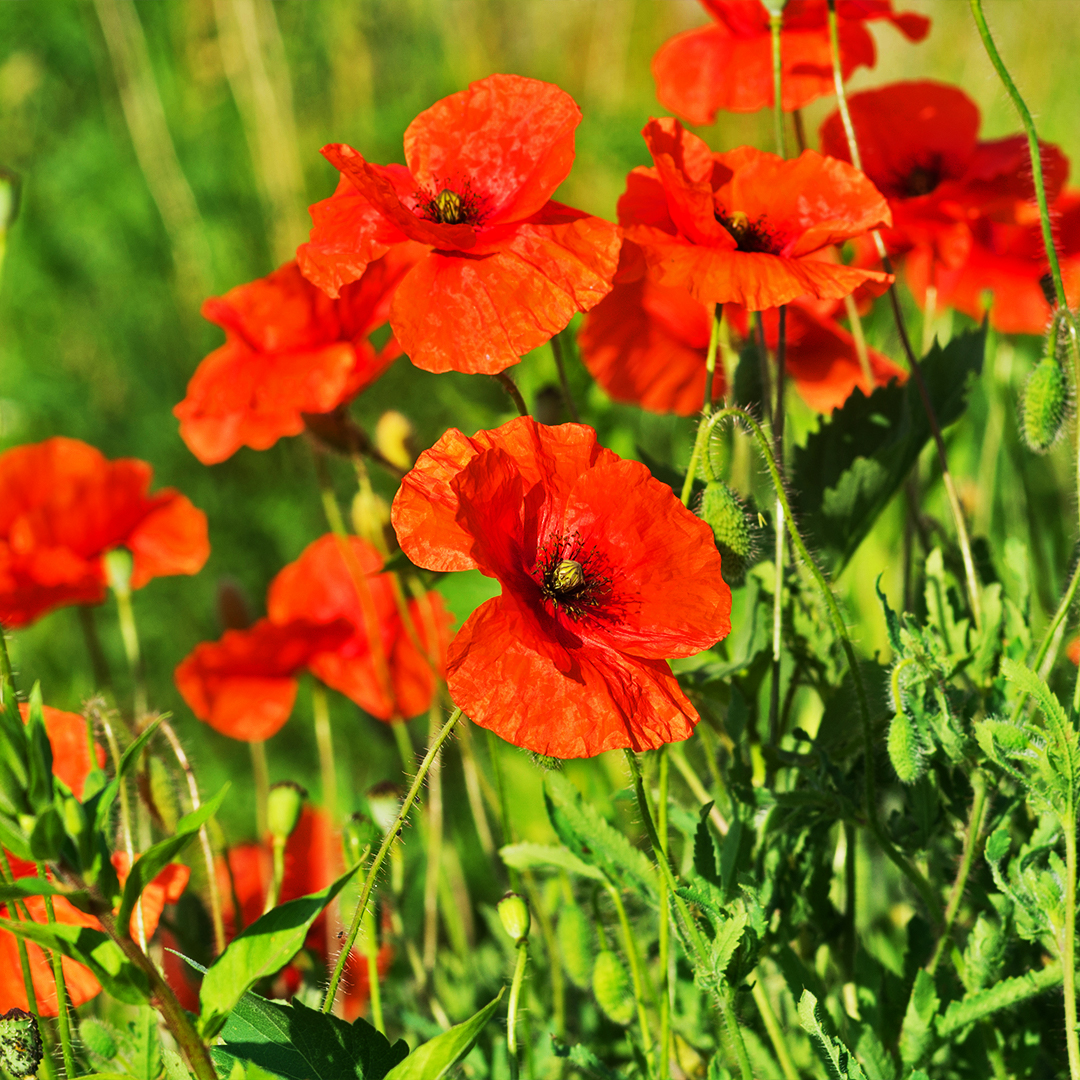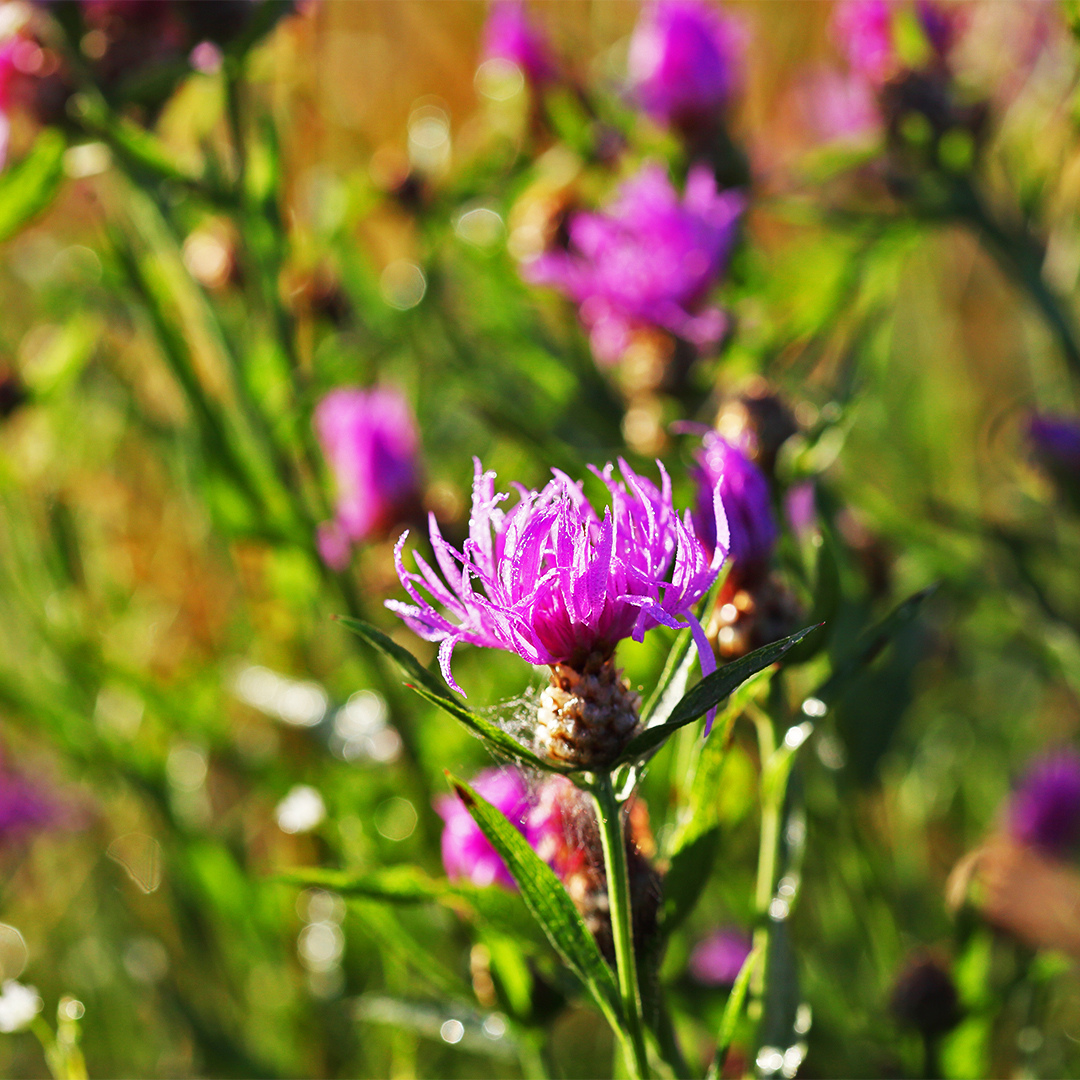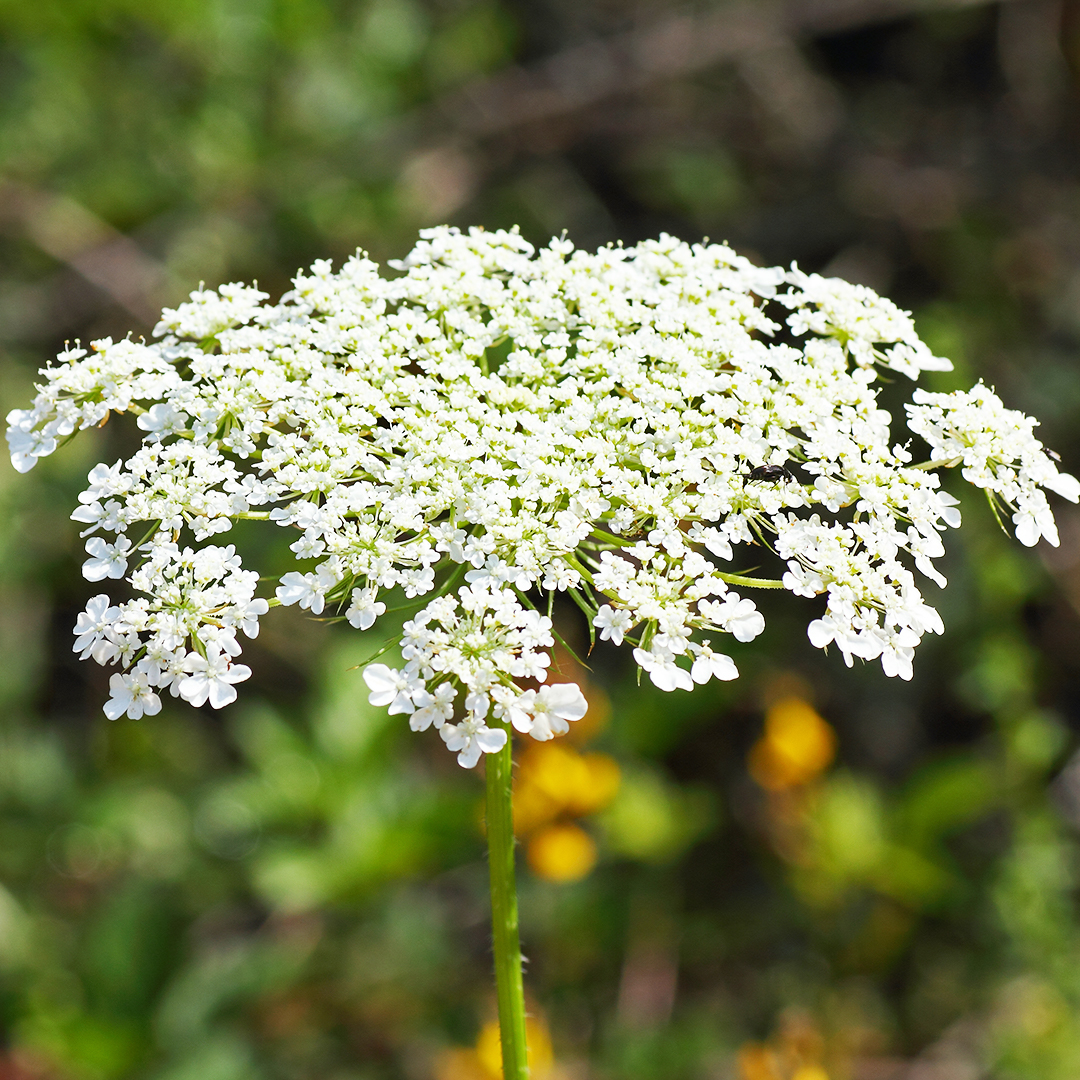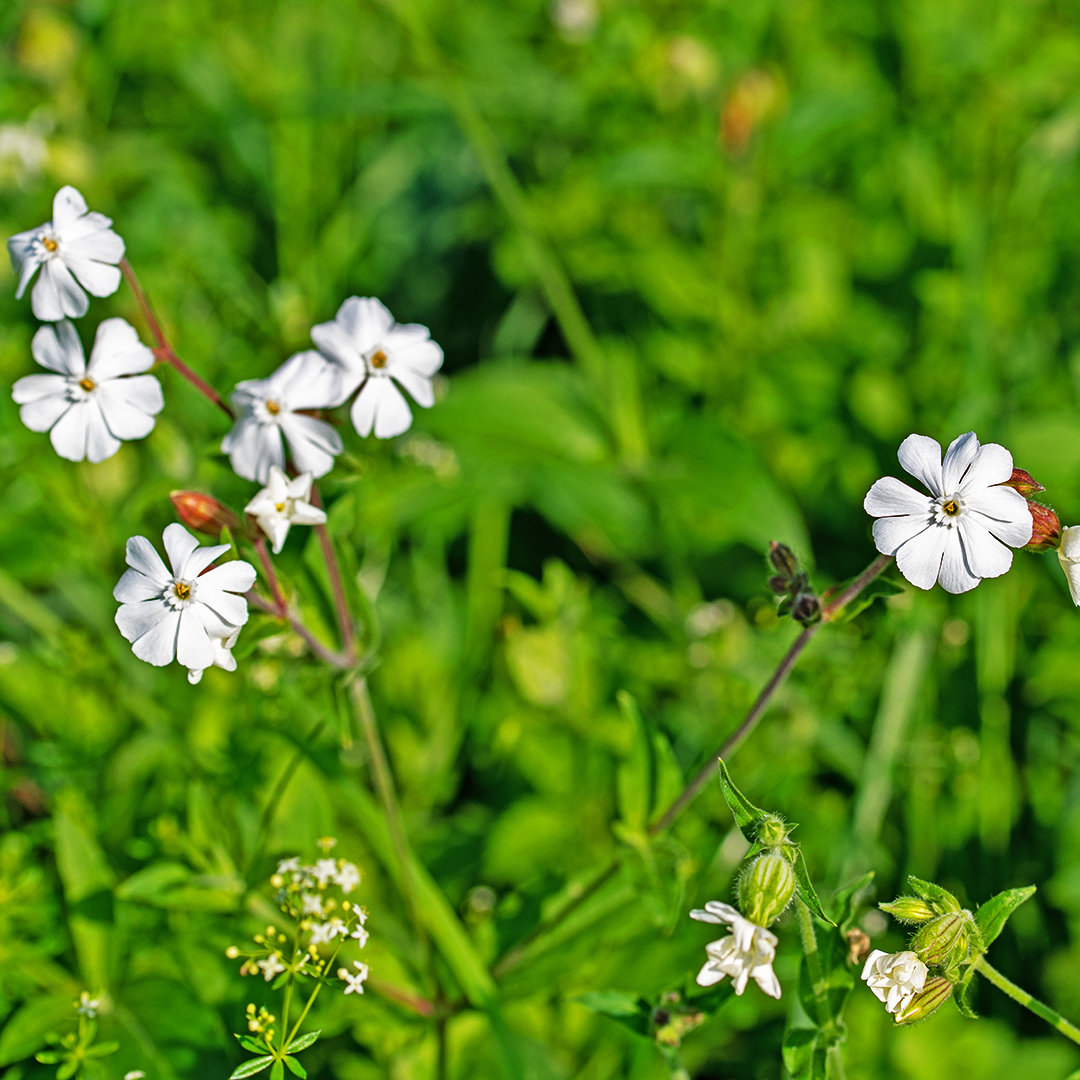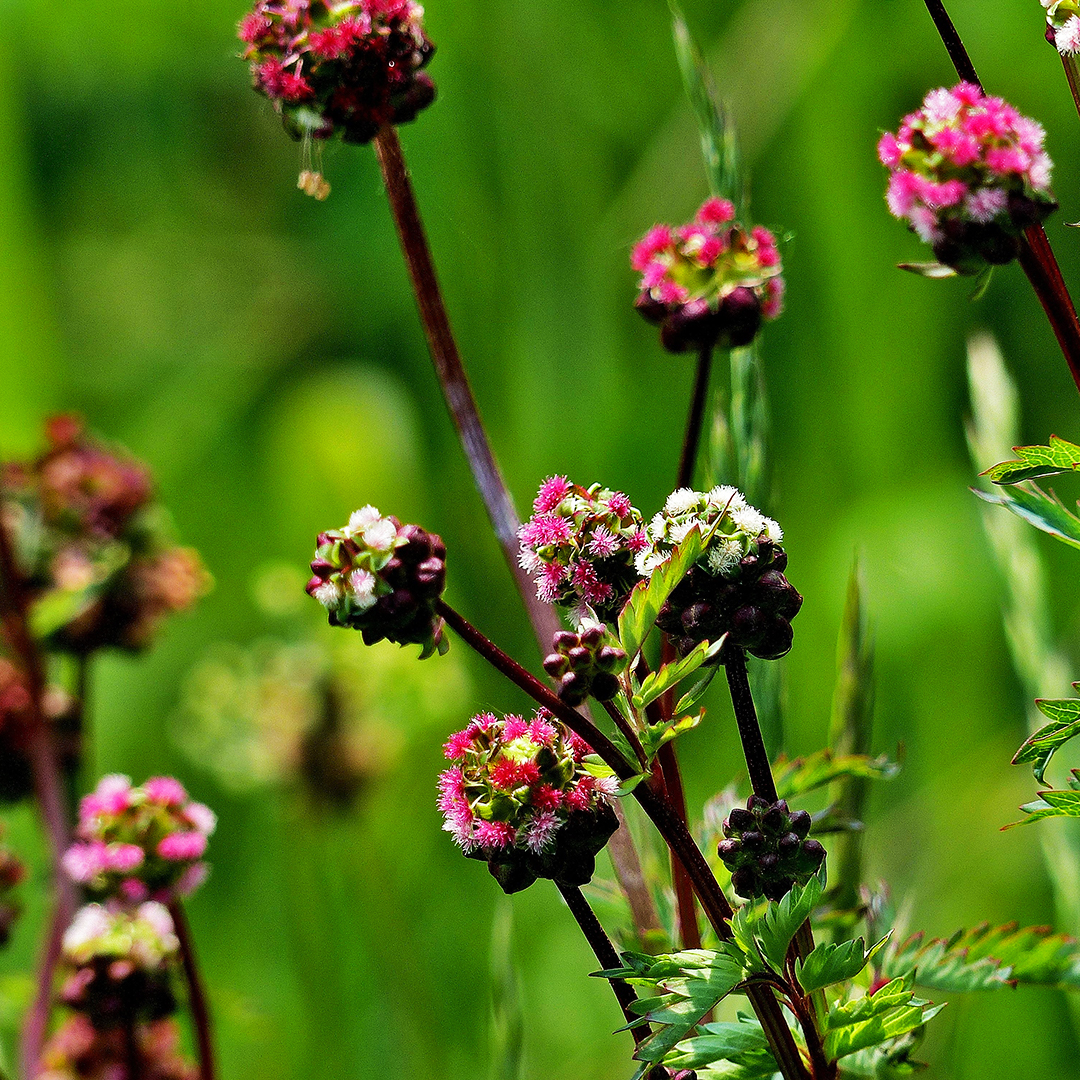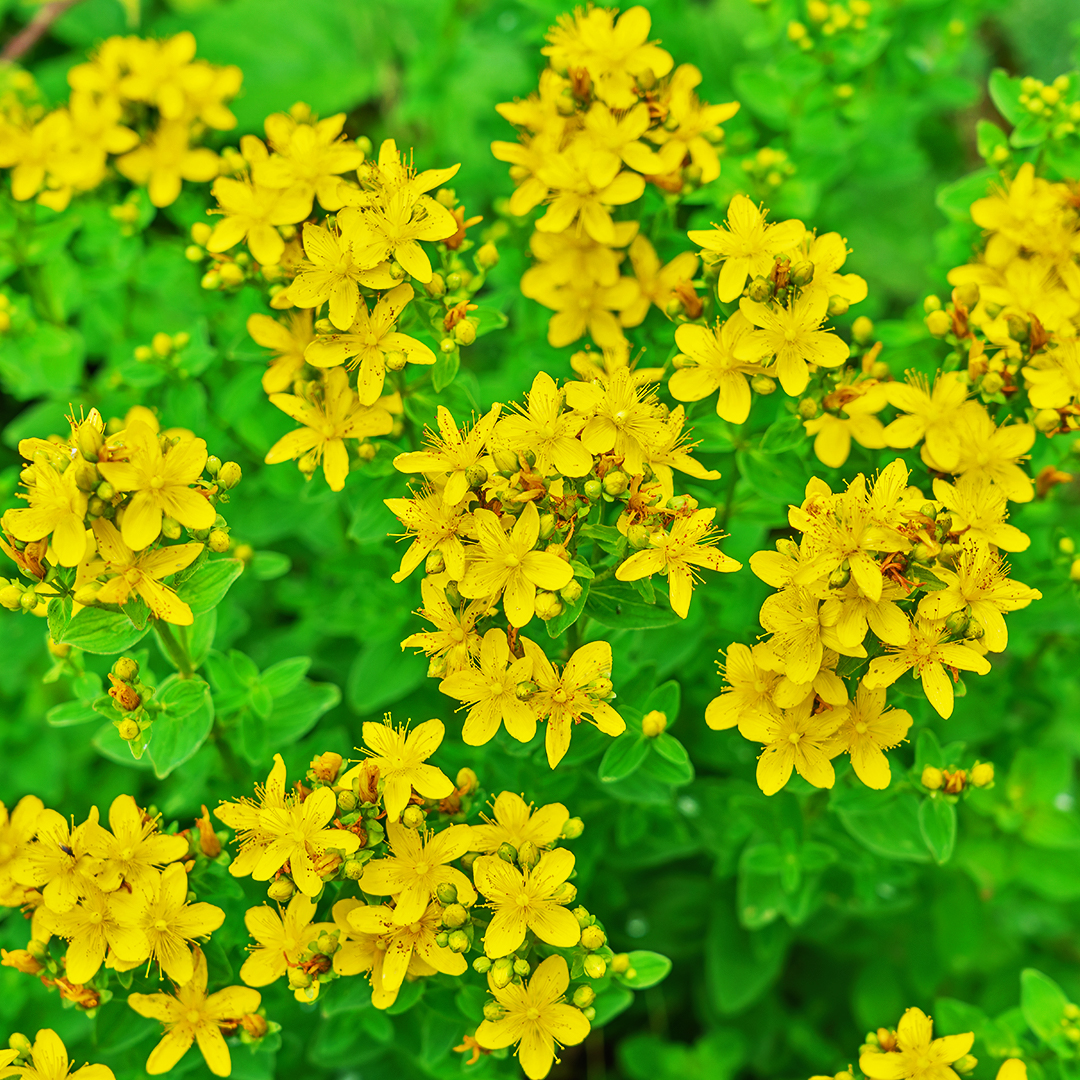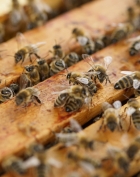Flowering period
The flowers in this packet will flower between April and October. Each plant will have its own period as shown. However, these periods can vary with natural, which is natural and why beekeeping can be tricky and not an exact science. See the variations in seasons with this guide to help you.
|
Jan |
Feb |
Mar |
Apr |
May |
Jun |
Jul |
Aug |
Sep |
Oct |
Nov |
Dec |
| Sow |
|
|
|
|
|
|
|
|
|
|
|
|
| Flowering |
|
|
|
|
|
|
|
|
|
|
|
|
| Common Knapweed |
|
|
|
|
|
|
|
|
|
|
|
|
| Corn Cockle |
|
|
|
|
|
|
|
|
|
|
|
|
| Corn Marigold |
|
|
|
|
|
|
|
|
|
|
|
|
| Cornflower |
|
|
|
|
|
|
|
|
|
|
|
|
| Common Poppy |
|
|
|
|
|
|
|
|
|
|
|
|
| Field Scabious |
|
|
|
|
|
|
|
|
|
|
|
|
| Lady’s Bedstraw |
|
|
|
|
|
|
|
|
|
|
|
|
| Meadowsweet |
|
|
|
|
|
|
|
|
|
|
|
|
| Meadow Buttercup |
|
|
|
|
|
|
|
|
|
|
|
|
| Musk Mallow |
|
|
|
|
|
|
|
|
|
|
|
|
| Oxeye Daisy |
|
|
|
|
|
|
|
|
|
|
|
|
| Perforate St
Johns Wort |
|
|
|
|
|
|
|
|
|
|
|
|
| Ragged Robin |
|
|
|
|
|
|
|
|
|
|
|
|
| Red Campion |
|
|
|
|
|
|
|
|
|
|
|
|
| Red Clover |
|
|
|
|
|
|
|
|
|
|
|
|
| Salad Burnet |
|
|
|
|
|
|
|
|
|
|
|
|
| Self Heal |
|
|
|
|
|
|
|
|
|
|
|
|
| Tufted Vetch |
|
|
|
|
|
|
|
|
|
|
|
|
| White Campion |
|
|
|
|
|
|
|
|
|
|
|
|
| Wild Carrot |
|
|
|
|
|
|
|
|
|
|
|
|
| Yellow Rattle |
|
|
|
|
|
|
|
|
|
|
|
|
Sowing instructions Into bare soil (Autumn or early spring)
This is the easiest way to grow your seed mix. Rake soil to provide a firm even surface. Sow a 5g packet of seeds thinly by hand in pre watered soil over a 2m2 area. This is the same as a 50cm border running 4m (alternatively 21.5sqft). Lightly cover with topsoil which is 1cm/ ½ inch some deep and keep moist until seedlings appear.
Sowing instructions Into existing grassland (Autumn or early spring)
To create your own meadow it is possible to ‘overseed’ with this mix, but can take a lot more work. Best results are achieved through direct soil contact as above as the seeds get the best establishment with the soil, but if you like your meadow and wish to add to it with our flowers follow these instructions.
Sow the seeds when the grass growth is slowing down and least aggressive. Cut the grass as low as possible and take a fork to open up the grass area and reveal and loosen the soil. It is ideal for 40-50% of it being fairly bare soil to take the seeds. Sow the seeds thinly by hand over 10m2 (alternatively 107sqft). After sowing hand throw some topsoil or compost to cover the area and ensure seeds are covered. After, go over with a hand roller (or walk on it step by step or hit with the back of a spade) and water lightly.
Please do not fertilise the area before or after sowing as wildflowers prefer low nutrient soils. Highly fertile sites will encourage lush green growth, making it more difficult for wildflower seedlings to establish.
Most traditional perennials wildflowers are slow to establish, sometimes taking up to 12 months to fully get their roots down and starting to show signs of flowering in year 2.
Pioneer wildflower species are quicker to establish, these include Oxeye Daisy, Wild Carrot and Red Campion. These species can be a useful indicator as to the success of an over sowing project.
Storage instructions
Store in a cool dry and rodent proof place (the little things will enjoy it otherwise).
We hope you enjoy your flowers. Send us your images via twitter @Cilgwenyn and let us know how you get on, we would love to see them.
